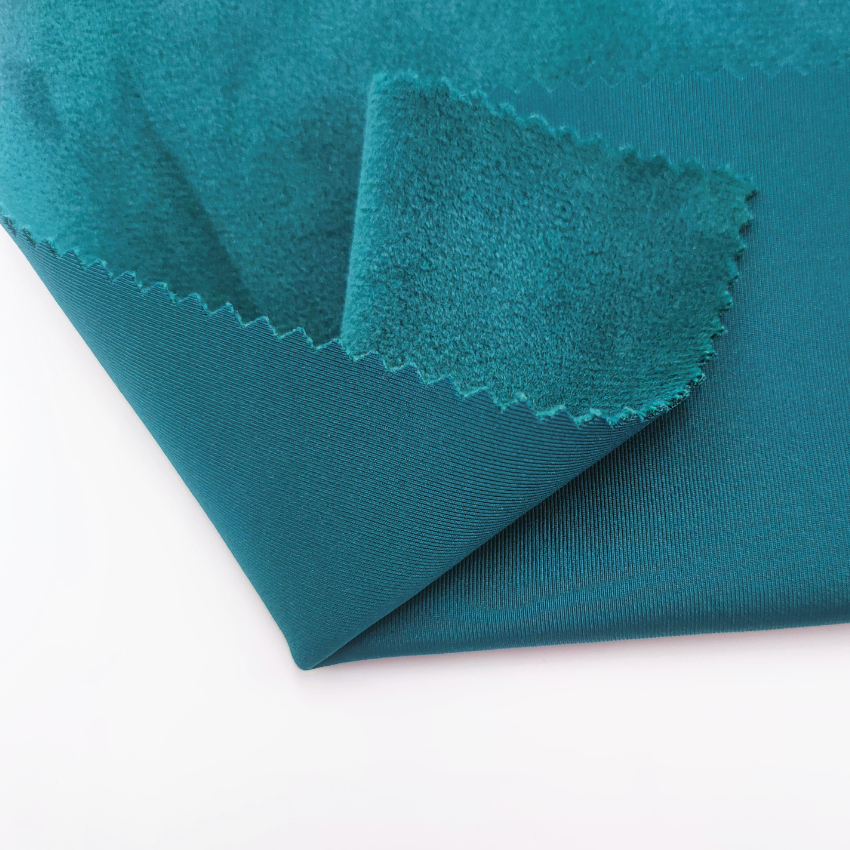Polo fabric, often made from cotton or a cotton blend, typically performs well in terms of colorfastness and resistance to fading from sunlight exposure.
Here’s how it performs in these aspects:
- Colorfastness: Polo fabric generally exhibits good colorfastness, meaning the fabric’s dyes resist fading or bleeding during washing or exposure to environmental factors like sunlight, sweat, or friction. Proper dyeing techniques and quality control measures contribute to the fabric’s ability to retain its color over time, even with repeated laundering.
- Resistance to Fading: Polo fabric is often treated with colorfast dyes and finishes that help enhance its resistance to fading from sunlight exposure. While no fabric is completely immune to fading over time, polo fabric’s cotton construction and dyeing processes typically provide good protection against UV radiation, which can cause colors to fade and dull.
However, it’s essential to note that the degree of colorfastness and resistance to fading can vary depending on several factors, including the quality of the dyeing process, the type of dyes used, the fabric’s construction, and the care and maintenance practices followed by the wearer. China Polo Fabric supplier Additionally, prolonged exposure to sunlight, harsh detergents, and improper laundering techniques can all contribute to color fading over time.
To help maintain the color and appearance of polo fabric garments, consumers can follow these tips:
- Wash polo fabric garments in cold water with a gentle detergent to minimize color loss.
- Turn garments inside out before washing to reduce friction and abrasion on the fabric’s surface.
- Avoid using chlorine bleach or harsh chemicals that can weaken fibers and fade colors.
- Line dry or air dry polo fabric garments away from direct sunlight to prevent excessive fading.
- Store garments in a cool, dark place when not in use to minimize exposure to sunlight.
By following these care instructions and choosing high-quality polo fabric garments, consumers can enjoy vibrant colors and long-lasting performance from their clothing items.
What are the water and energy consumption rates for processing Polo Fabric compared to traditional textiles?
The water and energy consumption rates for processing polo fabric, which is typically made from cotton or a cotton blend, can vary depending on several factors, including the specific manufacturing processes used, the efficiency of machinery and equipment, and the implementation of sustainable practices. However, compared to some traditional textiles, such as polyester or nylon, cotton-based fabrics like polo fabric may generally require higher water and energy consumption due to the nature of cotton cultivation and processing. Here’s a comparison:
- Water Consumption:
- Polo Fabric (Cotton): Cotton cultivation requires significant amounts of water, particularly in regions where irrigation is necessary to support crop growth. Water is used for irrigation during the growing season and for processing cotton fibers during textile production. Cotton processing involves multiple stages, including cleaning, spinning, weaving or knitting, dyeing, and finishing, each of which may require water for various purposes such as washing, rinsing, and dyeing. Overall, cotton-based fabrics like polo fabric can have relatively high water consumption compared to synthetic textiles.
- Traditional Textiles (Polyester, Nylon, etc.): Synthetic textiles such as polyester and nylon typically have lower water consumption rates compared to cotton-based fabrics. China Polo Fabric manufacturers While water is still used in manufacturing processes such as polymerization, spinning, and finishing, the overall water consumption for synthetic textiles may be lower than that of cotton due to differences in fiber production and processing methods.
- Energy Consumption:
- Polo Fabric (Cotton): Cotton cultivation and processing require significant energy inputs, including machinery operation, transportation, and processing equipment for ginning, spinning, weaving or knitting, dyeing, and finishing. Energy is also needed for heating water during textile processing stages such as dyeing and finishing. The energy consumption for cotton-based fabrics like polo fabric can vary depending on factors such as the efficiency of equipment and the use of renewable energy sources.
- Traditional Textiles (Polyester, Nylon, etc.): Synthetic textiles generally have lower energy consumption rates compared to cotton-based fabrics. The production processes for synthetic fibers such as polyester and nylon typically involve less energy-intensive processes compared to cotton cultivation and processing. Additionally, synthetic fibers often require less energy for dyeing and finishing compared to cotton, as they may have inherent dyeability or require simpler dyeing processes.
Overall, while cotton-based fabrics like polo fabric may have higher water and energy consumption rates compared to some traditional synthetic textiles, advancements in technology, manufacturing practices, and sustainability initiatives are continually being developed to improve efficiency and reduce environmental impact in textile production processes. Implementing water and energy-saving measures, such as water recycling, energy-efficient machinery, and renewable energy sources, can help mitigate the environmental footprint of both cotton-based and synthetic textile production.
